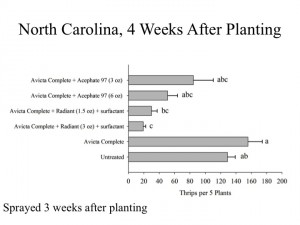
Getting Ready to Drill Down on Thrips
I had a chance to scout some more cotton this week and it looks like numbers are picking up …



El inglés es el idioma de control de esta página. En la medida en que haya algún conflicto entre la traducción al inglés y la traducción, el inglés prevalece.
Al hacer clic en el enlace de traducción se activa un servicio de traducción gratuito para convertir la página al español. Al igual que con cualquier traducción por Internet, la conversión no es sensible al contexto y puede que no traduzca el texto en su significado original. NC State Extension no garantiza la exactitud del texto traducido. Por favor, tenga en cuenta que algunas aplicaciones y/o servicios pueden no funcionar como se espera cuando se traducen.
Inglês é o idioma de controle desta página. Na medida que haja algum conflito entre o texto original em Inglês e a tradução, o Inglês prevalece.
Ao clicar no link de tradução, um serviço gratuito de tradução será ativado para converter a página para o Português. Como em qualquer tradução pela internet, a conversão não é sensivel ao contexto e pode não ocorrer a tradução para o significado orginal. O serviço de Extensão da Carolina do Norte (NC State Extension) não garante a exatidão do texto traduzido. Por favor, observe que algumas funções ou serviços podem não funcionar como esperado após a tradução.
English is the controlling language of this page. To the extent there is any conflict between the English text and the translation, English controls.
Clicking on the translation link activates a free translation service to convert the page to Spanish. As with any Internet translation, the conversion is not context-sensitive and may not translate the text to its original meaning. NC State Extension does not guarantee the accuracy of the translated text. Please note that some applications and/or services may not function as expected when translated.
Collapse ▲
I had a chance to scout some more cotton this week and it looks like numbers are picking up …
Hessian fly problems are being seen in areas of the Coastal Plain and Tidewater. Learn how to recognize them …
The results from NC State University Department of Crop Science official variety trial programs conducted during summer 2013 are …
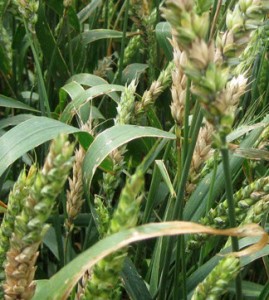
Head Scab is being found throughout North Carolina. Growers need to scout their fields now to determine if DON …
Stripe rust has arrived in North Carolina. Growers should be watching for the development of stripe rust “hot-spots” in …
Many growers are reporting that their wheat is not greening up after topdressing. Causes for this can include cold …
Hessian fly have been reported in wheat fields across the state. New control recommendations are available. Herbicide resistant chickweed is …
Wheat acreage is likely to be up again this coming season, and seed supply of our most popular varieties …
Planting last fall began in early October and continued into December. Weather conditions have been unseasonably warm. This resulted …
Many acres of off color wheat are showing up around North Carolina. Causes of these symtoms include herbicide carry-over, …
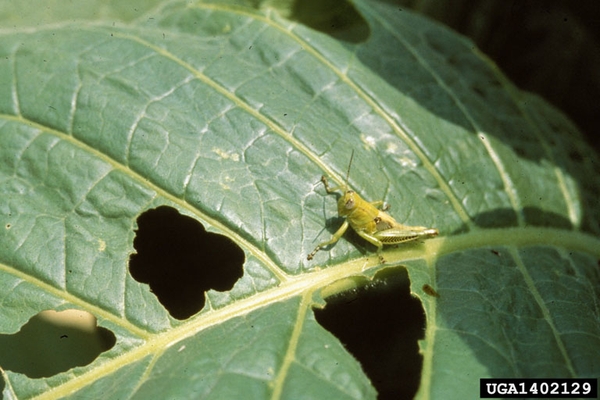
Several species of grasshoppers can cause foliar feeding damage in tobacco. They are typically most …

This Extension publication provides an overview of the tobacco budworm (Chloridea virescens), a common pest …

This factsheet for farmers describes concepts, terminology, and guidelines concerning soil sampling. Proper testing allows …
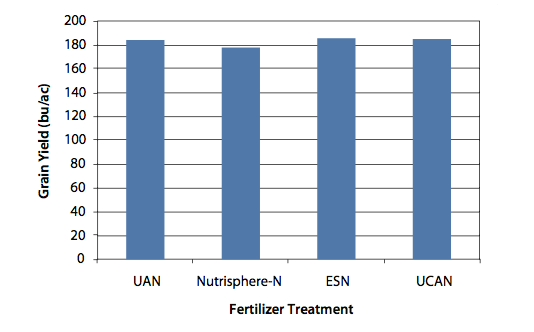
Nitrogen fertilizer products are being developed and marketed as having the potential to increase yields and …
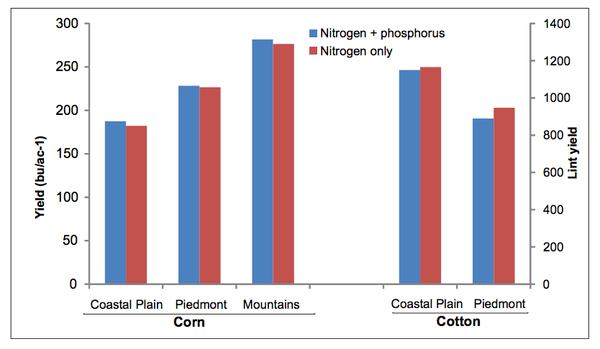
Phosphorus (P) is the second most important nutrient in crop production but is often found …

This factsheet describes the symptoms of a shoot inhibitor herbicide injury.

This factsheet describes the symptoms of a metribuzin herbicide injury.

This factsheet describes the symptoms of a dichlobenil herbicide injury.